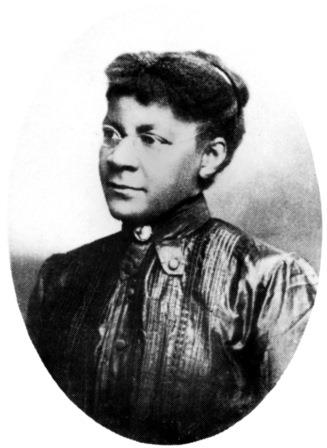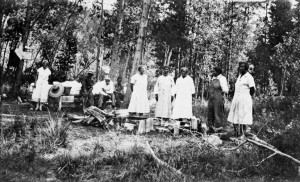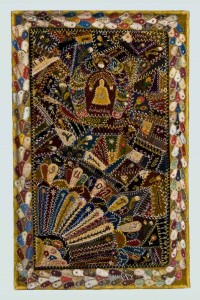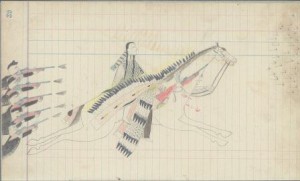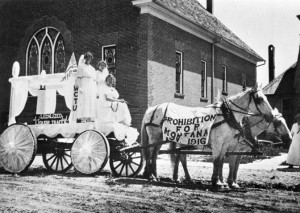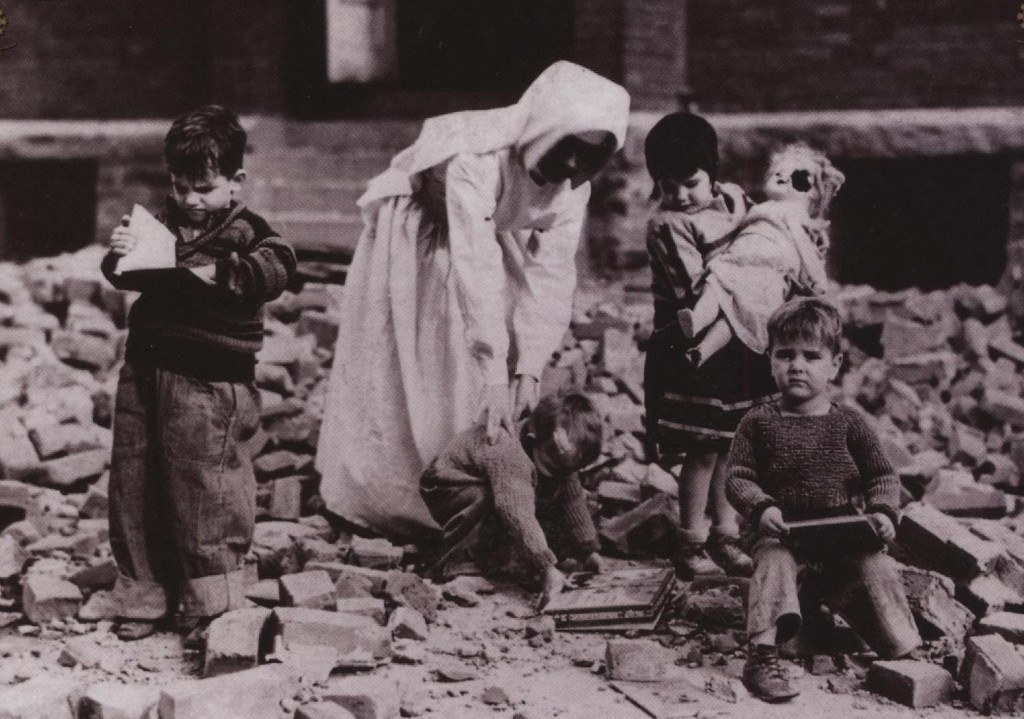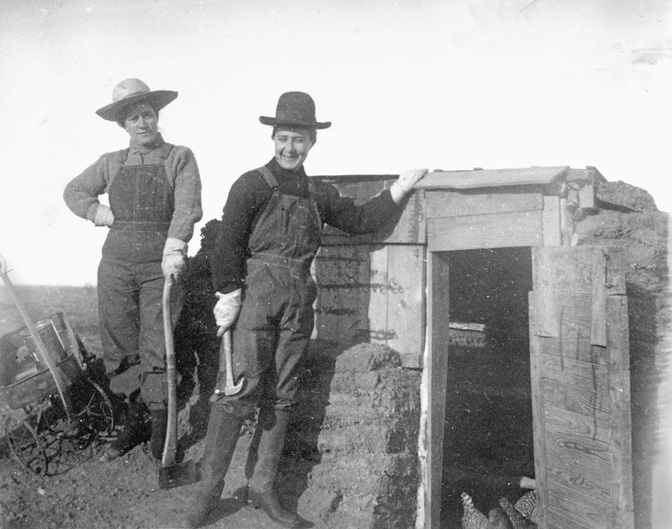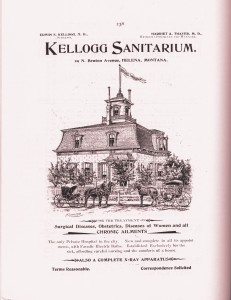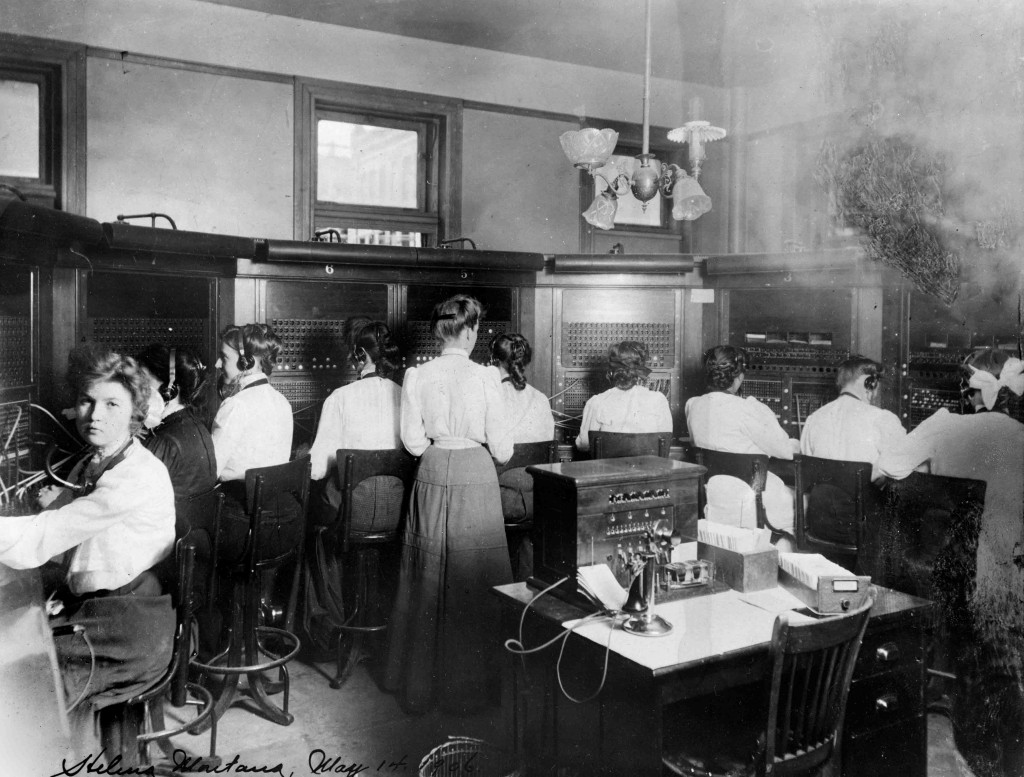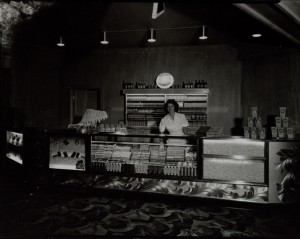
In what must have been an unusual sight on a June evening in 1890, thirty-three women walked into the Butte Miners’ Union hall. They were waitresses, dressmakers, milliners, and saleswomen, and they had gathered to organize a protective association for Butte’s women workers. As the Butte Daily Miner reported the following day, “The ladies of Butte—God bless them!—are not going to be behind their brothers in demanding their rights.” From its inception, the Butte Women’s Protective Union (WPU) labored to improve the conditions of women’s work and to extend a network of support and friendship to Butte’s working women.
Most working women in Butte engaged in “commercialized domesticity.” Miners, carpenters, blacksmiths, pipefitters, and men who worked in scores of other occupations dominated the mining city. Until well into the twentieth century the majority of them were single. They needed to be fed, clothed, nursed, entertained, and generally looked after by women who performed domestic tasks for wages. Working men ate in cafes and boardinghouses, slept in rooming houses, sent their laundry out, and spent their evenings in saloons, dance halls, and theaters—except for the saloons, these were all places where women worked. Women’s work made men’s work possible. Continue reading The Women’s Protective Union
